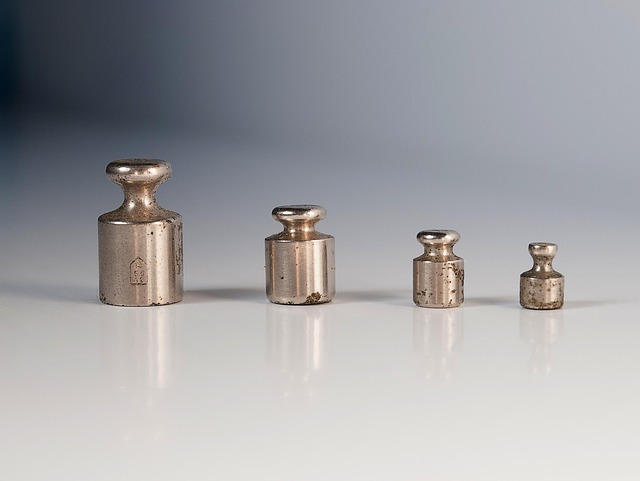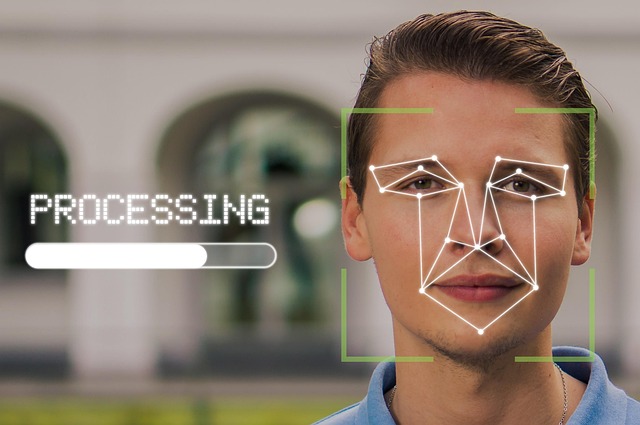Mastering Sensor Calibration: A Comprehensive Guide
In the intricate world of sensing technology, achieving accurate and reliable data hinges on one critical process: calibration. Whether you’re a seasoned engineer or an enthusiast stepping into the realm of sensors, understanding how to master calibration is essential. It’s not just about tuning instruments—it’s about ensuring the very heartbeat of your sensing system delivers trustworthy, consistent results.
Why Calibration Matters in Sensor Technology
Imagine relying on a sensor that drifts over time, offering inconsistent readings that could lead to flawed decisions. Calibration is the process that aligns your sensor’s output with known standards, guaranteeing the accuracy and precision necessary for applications ranging from industrial automation to environmental monitoring.
The relationship between the sensor’s raw data and real-world measurements is rarely perfect out of the box. Factors like environmental conditions, sensor aging, and manufacturing variances cause discrepancies. Calibration bridges this gap, restoring confidence in your data and empowering you to act on it decisively.
Key Principles of Effective Calibration
- Reference Standards: Calibration requires comparison against certified reference instruments or known physical quantities. Ensuring traceability to national or international standards adds credibility and consistency.
- Environmental Control: Since sensors can be sensitive to temperature, humidity, and other environmental factors, performing calibration under controlled conditions minimizes external influences.
- Repeatability: Conducting repeated measurements during calibration helps identify variability and enhances reliability.
- Documentation: Keeping comprehensive records of calibration procedures, results, and adjustments supports ongoing quality assurance and compliance needs.
Common Calibration Techniques
Depending on sensor type and application, calibration methods can differ. Here are a few prevalent techniques:
- Single-Point Calibration: Useful for sensors expected to operate around a specific value, this method adjusts the sensor output at one known point.
- Multi-Point Calibration: This approach uses several reference points across the sensor’s range to create a calibration curve, improving accuracy over a broader spectrum.
- Field Calibration: Performed in the sensor’s operational environment to account for real-world variables. Often necessary for sensors exposed to dynamic conditions.
- Self-Calibration: Certain modern sensors incorporate algorithms and internal references that allow auto-calibration, reducing manual effort ensuring continuous accuracy.
Challenges and Best Practices
To overcome these challenges:
- Follow manufacturer guidelines rigorously.
- Schedule regular calibration intervals based on sensor usage and criticality.
- Train personnel to understand both theoretical and practical aspects of calibration.
- Utilize advanced calibration tools and software to streamline the process.
Embracing Calibration as a Continuous Journey
Calibration is not a one-time checkpoint but an ongoing commitment to quality and accuracy. By mastering calibration, you not only enhance sensor performance but also build a foundation of trust in the data that drives your decisions. As sensors continue to evolve, so too will calibration techniques—keeping you at the forefront of precision sensing technology.
Embrace the art and science of calibration, and watch your sensor systems transform from mere devices into reliable instruments of insight.



